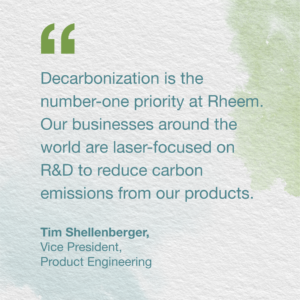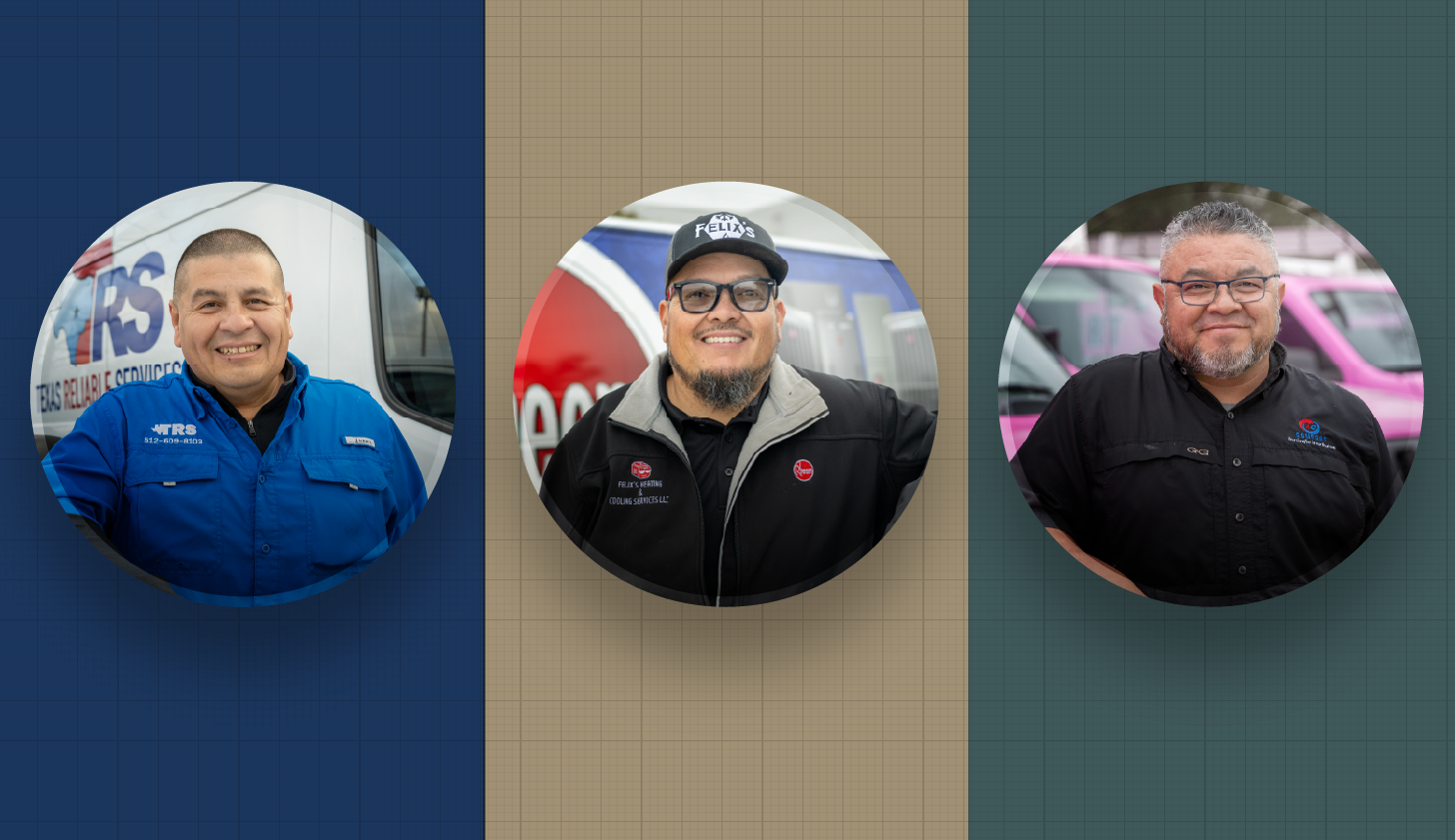5 Common HVAC Sustainability Questions, Answered
October 19, 2022
What makes an HVAC system efficient, and what’s the best way to maintain it after installation? Here’s what you need to know.


Although there are many factors to consider when creating a greener home, re-evaluating your HVAC system should be near the top of your list, as a sustainable HVAC system can help decrease energy consumption, lower your carbon footprint and more.
We’ve already talked about features to look for in an energy-efficient HVAC system, but how should you maintain it after installation?
Let’s explore common sustainability questions contractors receive from homeowners and recommendations on how to maintain your heating and cooling system so that it works with the environment, not against it.
Which HVAC products are the most sustainable?
The HVAC needs of every home are different, which means the most efficient HVAC solution for you will depend on your home and where you live. In general, products that receive ENERGY STAR certification are tested and proven to save energy and help the environment by generating fewer greenhouse gas emissions than those without the designation. Designated by the EPA, ENERGY STAR-certified products meet strict energy performance standards. At Rheem, we’re honored to have been named an ENERGY STAR Partner of the Year for the second year running.
Additionally, products with low global warming potential (GWP) refrigerants, classified as A2L, are also better for the environment. Rheem is currently transitioning all of our air conditioning products in the U.S. to use low GWP refrigerants by 2025.
What can I do to lower my carbon footprint?
To significantly reduce your carbon footprint, you can choose HVAC products that don’t rely on fossil fuel. These products are an important part of decarbonization.
Heat pumps, for example, can deliver comfort equivalent to gas furnaces but with less environmental impact. That’s because they don’t rely on greenhouse gas-emitting combustion systems or use high current draw electric resistance coils. Instead, heat pumps take heat energy from the air around them and transfer it to the air using the compression refrigeration cycle, which creates higher efficiency and lowers emissions.
“With our current slate of heat pumps and innovative products in the pipeline, we’re poised to respond to new regulations and legislation requiring the reduction of fossil fuels,” says Chris Day, Rheem’s VP, Product Strategy and Engineering.

Tim Shellenberger, Rheem’s VP, Product Engineering, agrees. “Decarbonization is the number-one priority at Rheem. Our businesses around the world are laser-focused on R&D to reduce carbon emissions from our products,” he says.


What temperature should my thermostat be set at to achieve efficiency?
Because outside temperatures shift and change, so too should your home thermostat. During the winter, the optimal, most efficient home temperature is the lowest comfortable temperature, which is usually around 68 degrees Fahrenheit. In warmer months, the U.S. Department of Energy recommends keeping your home at 78 degrees, as the closer you stay to the outside temperature, the less energy is required to keep your home comfortable and cool.
Programmable, smart thermostats such as EcoNet that adjust heating and cooling temperatures automatically help ensure that your home is both comfortable and operating optimally. Smart thermostats also come with big energy and cost savings, as they learn your temperature preferences and adjust to optimal temperatures while you are away.
After installation, what should I be aware of that could compromise efficiency?
An overworked HVAC system is not an efficient one. Scheduling annual maintenance checkups can help ensure that your HVAC system is working properly and catch any problems before they become larger issues that would compromise your solution’s performance and impact on the environment.
What are manufacturers like Rheem doing to become more eco-friendly in the long run?
As governments across the globe set carbon reduction and energy efficiency goals, Rheem is innovating new HVAC products that not only address the sustainability goals of today but also the needs of the next generation tomorrow. To do so, Rheem’s regulatory and government affairs experts are actively involved with various industry associations, environmental advocates and other sustainability stakeholders to influence and promote:
- Energy efficiency standards for HVAC products
- Product certification, verification and energy efficiency ratings
- Industry standards to enable the adoption of energy-efficient building codes
- Phasedown of high GWP refrigerants
- Air quality and emissions standards
- Product recycling programs
- Tax policy and rebate incentives that encourage purchasing and installing high-efficiency products
In addition to our industry advocacy, Rheem is ensuring that our product manufacturing is increasingly environmentally friendly. We’re making rapid progress on goals to reduce our plants’ greenhouse gas emissions by 50% and achieve Zero Waste to Landfill in our global manufacturing operations by 2025.
Learn more about Rheem’s sustainability initiatives, and if you’re ready to optimize your home’s HVAC system sustainably, find an independent Rheem contractor near you.







